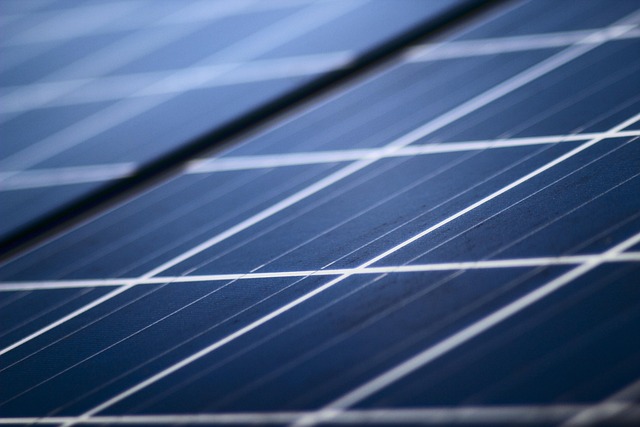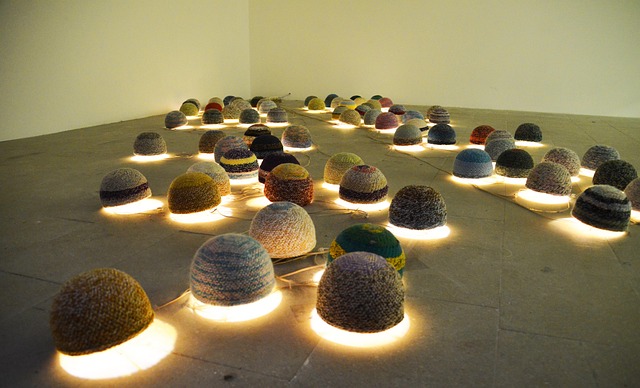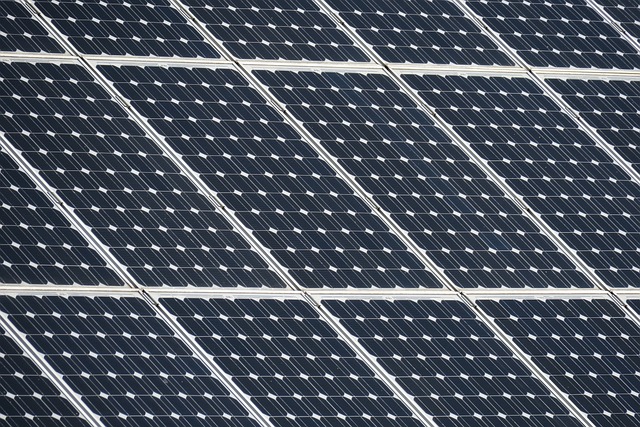In real estate, roof longevity and sun exposure are key considerations. UV radiation weakens roofing materials over time, leading to issues like cracks, curls, or detachment. Regular inspections should check for faded colors, warped shingles, or loose underlayment. Timely maintenance prevents minor problems from becoming significant red flags that could deter buyers. A well-maintained roof with minimal sun exposure enhances property value. Protecting roofs from sunlight damage through reflective coatings, proper ventilation, and proactive maintenance is crucial for both homeowners and investors.
In the realm of real estate, a roof is a property’s first line of defense against the elements. Evaluating its condition and understanding sun exposure is crucial for investors and homeowners alike. This article delves into the art of assessing roof damage and longevity based on environmental factors, particularly sunlight. We explore the science behind the sun’s impact on various roofing materials and provide strategic insights to minimize damaging effects, ensuring your real estate investment stands the test of time.
Assessing Roof Damage and Longevity Based on Exposure

When evaluating a roof’s condition in real estate, understanding its longevity and potential damage is paramount. Sun exposure plays a significant role here; intense, prolonged UV radiation can weaken materials, leading to cracks, curls, or even detachment. Areas with consistent sun exposure throughout the day may require more frequent repairs or replacement compared to shaded parts of a property.
Inspectors should look for signs of degradation like faded colors, warped shingles, or loose underlayment. Regular maintenance and timely repairs are crucial to prevent minor issues from escalating. In real estate terms, a well-maintained roof with minimal sun exposure can significantly enhance a property’s value, while a neglected one could be a significant red flag for potential buyers.
Understanding Sun's Impact on Roofing Materials

The sun, a constant presence in our real estate landscapes, wields significant power over roofing materials. Its ultraviolet (UV) rays can degrade synthetic and natural compounds, leading to accelerated wear and tear. Asphalt shingles, commonly used in many residential properties, are particularly susceptible to UV damage; prolonged exposure can result in cracking, curling, and loss of adhesive strength. Metal roofs, though durable, face their own challenges; intense sunlight can cause heat absorption, leading to increased structural stress and potential warping over time.
Understanding the sun’s impact is crucial for homeowners and real estate investors alike. Regular roof inspections become essential tools to assess not only overall condition but also to predict material longevity. By identifying areas of excessive sun exposure—like roofs with little shade or those facing direct sunlight for most of the day—property owners can proactively address potential issues before they escalate, ensuring their roofs remain protective barriers against the elements and maintaining the value of their real estate investments.
Strategies to Minimize Damaging Effects of Sunlight on Roofs in Real Estate

In the realm of real estate, maintaining a roof’s integrity is paramount for any property owner. The damaging effects of sunlight are a significant concern, yet they can be mitigated with strategic interventions. One effective approach is to apply reflective coatings or paints, which bounce sunlight away from the roof surface, reducing heat absorption and potential structural stress. These materials, designed for durability and reflectivity, offer an efficient solution in hot climates.
Additionally, proper ventilation systems play a crucial role in sun exposure management. Adequate air circulation beneath the roof helps regulate temperature, preventing extreme heat buildup. This simple yet powerful method not only conserves energy but also extends the lifespan of roofing materials by minimizing excessive wear and tear caused by rapid thermal fluctuations. Real estate investors and homeowners alike can benefit from these strategies to safeguard their properties against sun-related damage.






